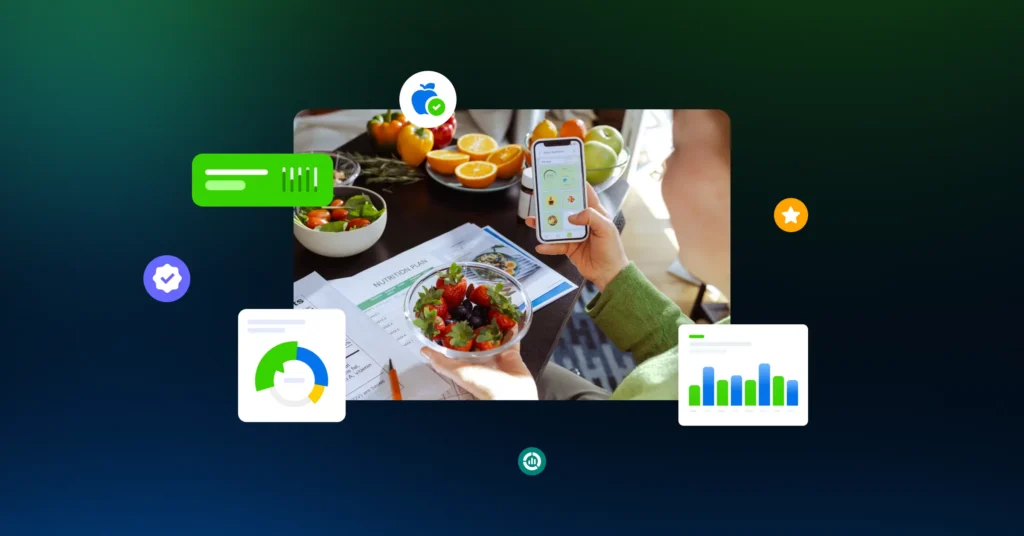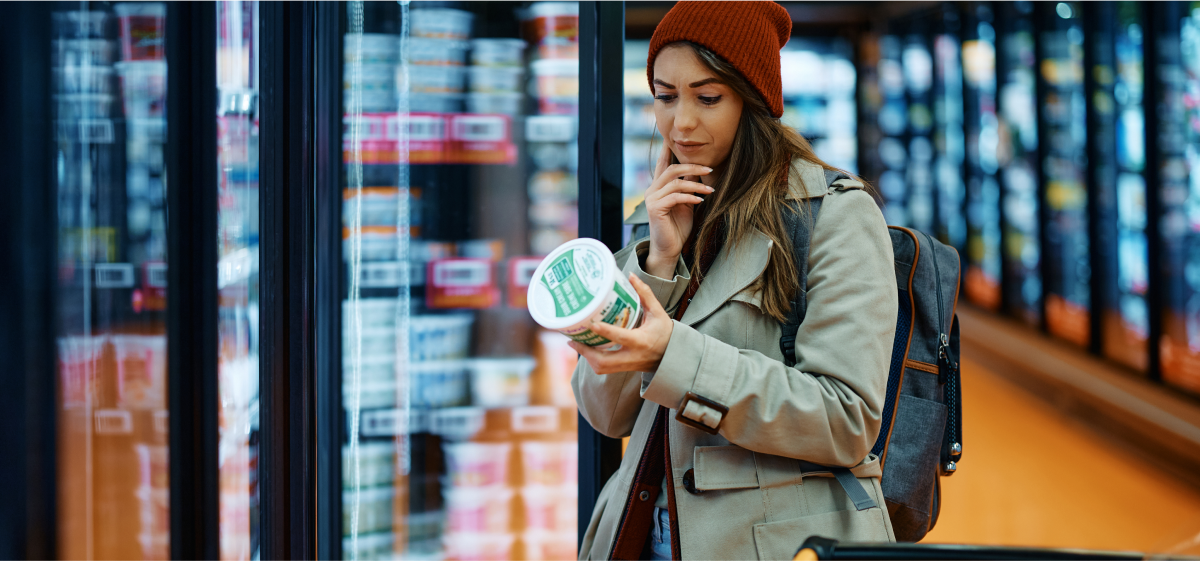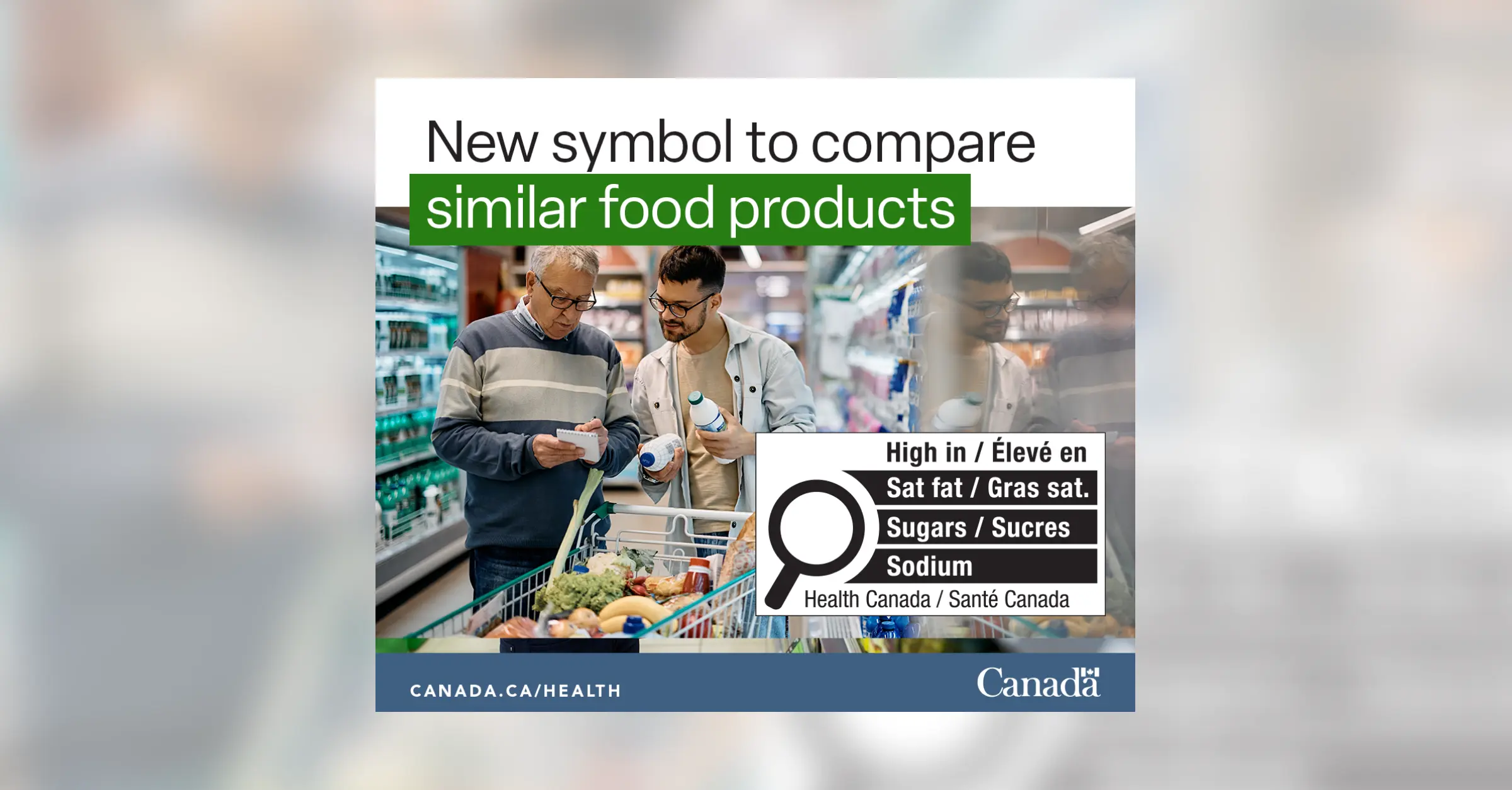In today’s rapidly changing world of healthcare options and growing GLP-1 use, even simple tools that help people keep an eye on their nutrition habits can have a meaningful impact. Food logging is one of the easiest and most effective ways to support users on their journey to better health. It helps build awareness around daily dietary choices and creates opportunities for more personalized support by healthcare teams. Whether managing a condition or working toward wellness goals, food logging makes healthy changes more achievable.

The Strategic Value of Food Logging for Health Monitoring
Beyond improving individual awareness, food logging generates valuable actionable data that can inform personalized care and enhance health management strategies. When integrated with clinical or digital care models, it becomes a powerful tool for managing and potentially preventing chronic health conditions.
These insights enable healthcare providers and coaches to personalize care plans, improve coaching effectiveness, and boost adherence to health goals.
Key benefits include:
Increased Behavioral Awareness
Logging creates immediate feedback loops. Users become more conscious of eating habits, portion sizes, emotional triggers, and patterns like mindless snacking or late-night eating.
Support for Lasting Behavior Change
By visualizing their choices over time, users are more likely to make intentional, health-supporting decisions. Food logs offer a tangible way to track progress and build accountability.
Improved Nutritional Quality
Beyond calories, food logs help users evaluate intake of fiber, protein, key vitamins, and minerals, which is critical for those with specific nutritional needs.
Stronger Goal Setting and Coaching
Whether used independently or with support from dietitians, coaches, or healthcare providers, food logs provide tailored goal setting and more effective, data-driven interventions.
The Perfect Match: Food Logging Enhances GLP-1 Medications
As GLP-1 receptor agonists (e.g., Ozempic, Wegovy, Mounjaro) become more widely used to manage diabetes and lose weight, food logging offers a valuable complement. This combined approach helps healthcare providers optimize treatment outcomes while assisting patients in developing sustainable lifestyle changes alongside their GLP-1 use.
Some benefits of food logging by GLP-1 users include:
- Supporting Appetite Awareness: Helps users recognize true hunger and satiety cues in the context of reduced appetite.
- Preventing Nutritional Deficiencies: Tracks overall intake to ensure adequate nutrition despite lower caloric consumption.
- Monitoring Side Effects: Identifies post-meal symptoms (nausea, bloating) that are common early side effects and may inform medication adjustments.
- Fostering Long-Term Habit Formation: Encourages the development of sustainable eating behaviors beyond the course of medication.
A Strategic Tool for Positive Health Outcomes
Food logging is not about perfection but about creating visibility and accountability. For healthcare organizations, clinical trials, wellness apps, and more, offering food logging as part of a broader health program can drive:
- Increased member engagement
- More personalized coaching and interventions
- Improved health outcomes
Whether your organization is focused on chronic condition management, weight loss support, medication adherence, or general wellness, making food logging capabilities available can provide measurable benefits for users and their care teams. It’s more than just a tracking tool—it becomes a catalyst for meaningful change.
To learn more, sign up for our upcoming webinar on July 11, Adapting to the GLP-1 Era: Strategies to Keep Your Nutrition & Wellness App Users Engaged.










